Maiden Castle, Dorset: An ancient hill fort the size of 50 football pitches
The mysterious and ancient Maiden Castle occupies a vast site in Dorset. Clive Aslet takes a look.
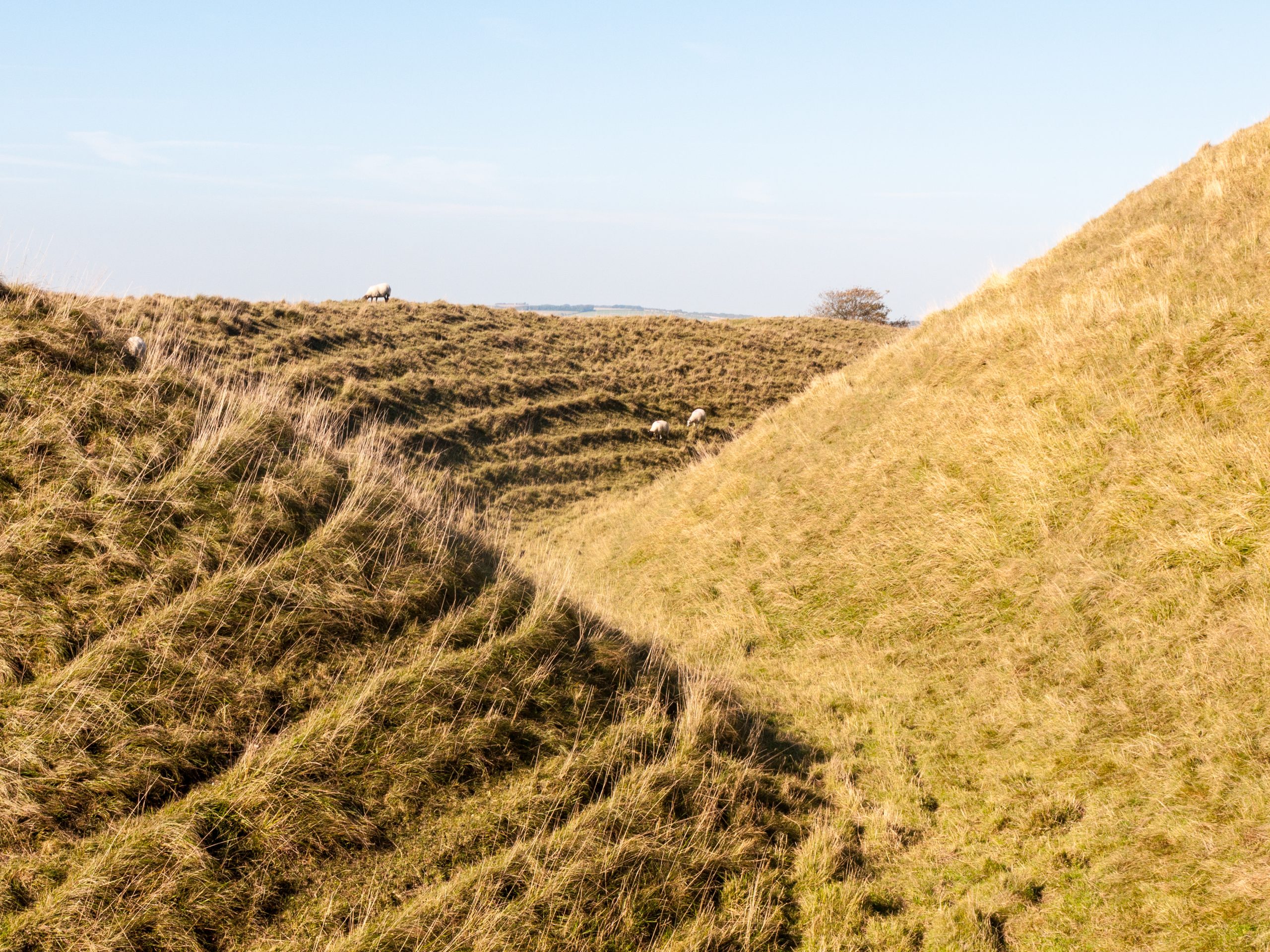
Maiden Castle is a mystery — but that was intentional, as part of a defensive strategy. An attacker would have had no idea what lay in store on the further side of the ridge on which the great earthworks were built, which was followed by others, separated by deep ditches.
The entrance to the enormous site — the size of 50 football pitches, making it one of the largest and most complex Iron Age hillforts in Europe — was protected by a kind of maze, at any twist of which defenders, hurling pebbles from their slings, could spring out.
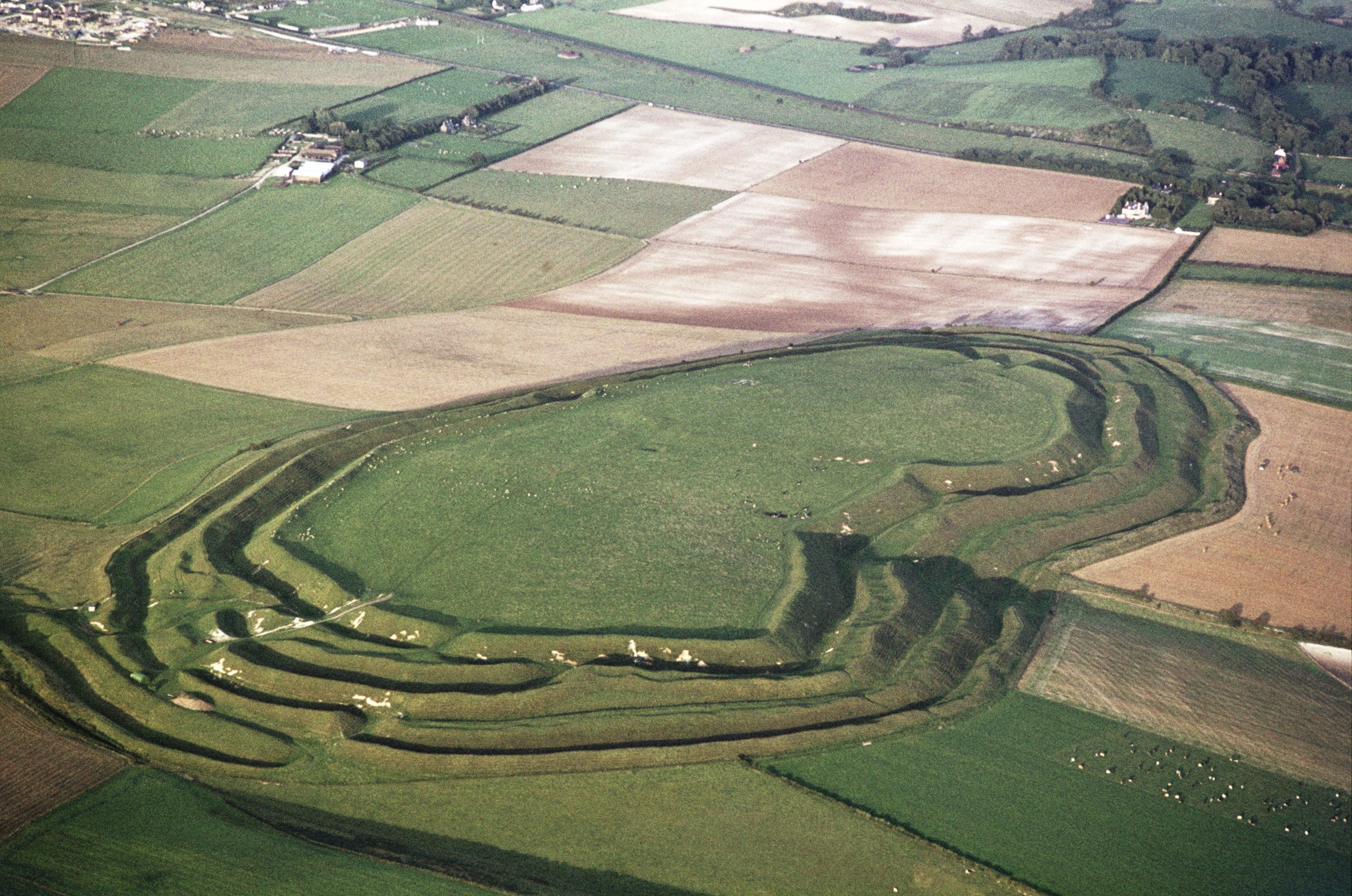
The first earthwork was constructed 5,000 years ago. However, Neolithic people deserted the site, only returning hundreds of years later to use it for burials. The present complex was redesigned and improved towards the beginning of the 1st century BC.
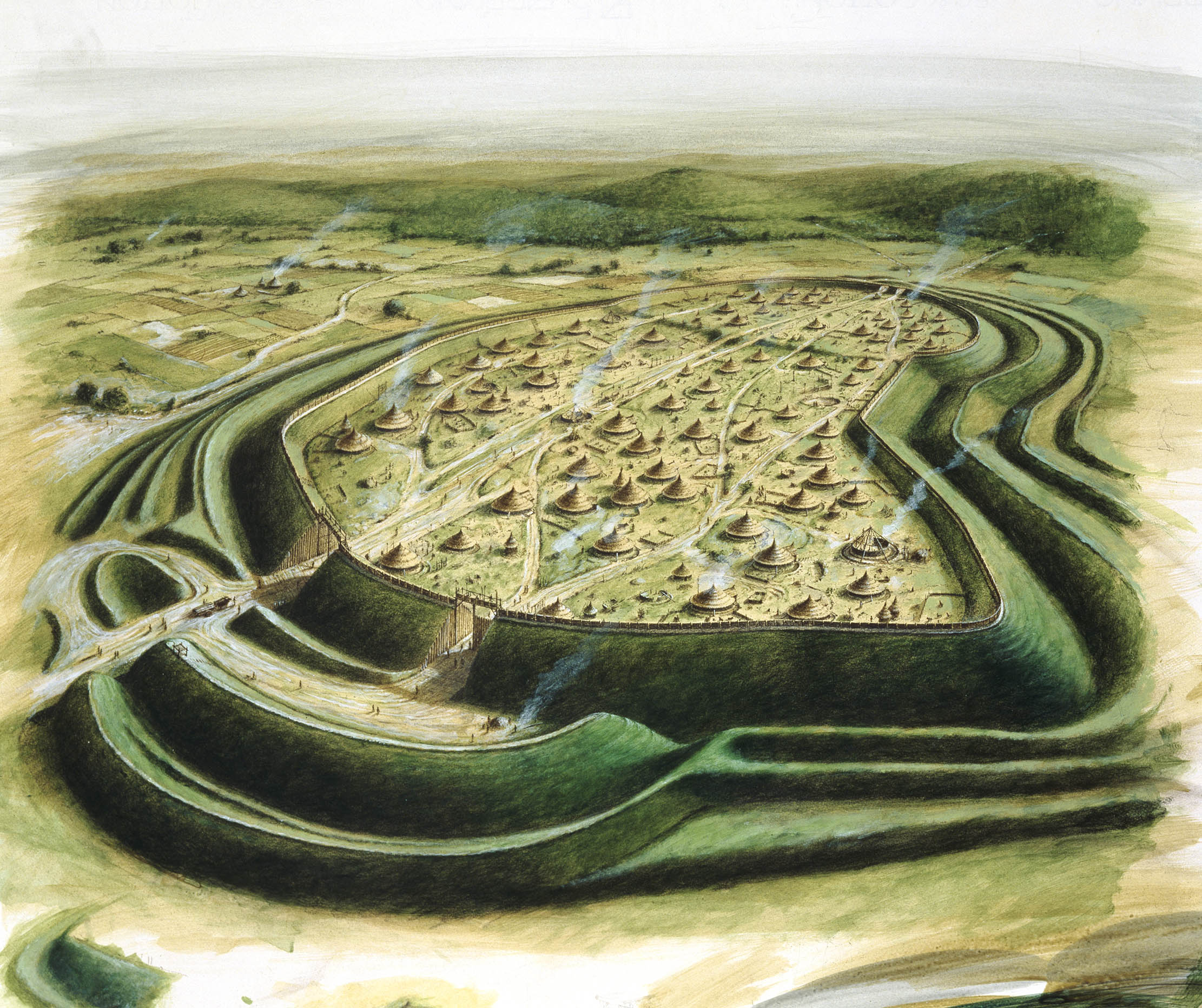
It was a stronghold, but also a settlement, with artisans — potters, blacksmiths, jewellers — living among the tribesmen maintaining the defences. Roman legionaries pierced the earthworks in AD43 or AD44 under the efficient generalship of the future Emperor Vespasian.
Some of the earth banks were pulled down and a new town, Dorchester, was built on the plain. In about AD70, Maiden Castle was abandoned. The cloak of mystery descends.
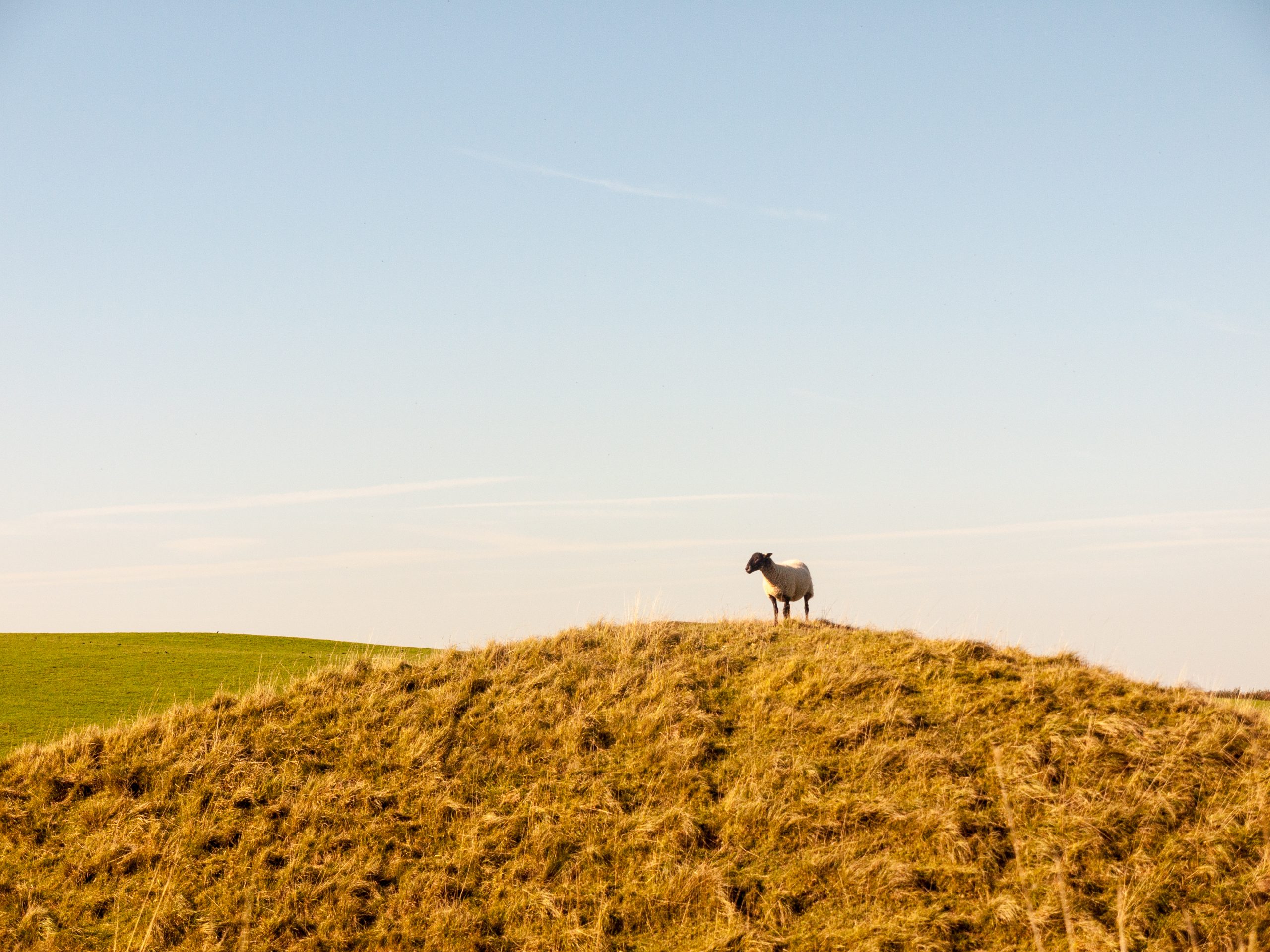
How to visit Maiden Castle
The castle is just to the south-west of Dorchester, and easy to find: Maiden Castle Road runs straight there from the centre of the town. Entry is free, and you can roam the site at leisure. Best of all, English Heritage — who manage the site — have a free 40-minute audio guide which will tell you what you're looking at, and the history of the site.
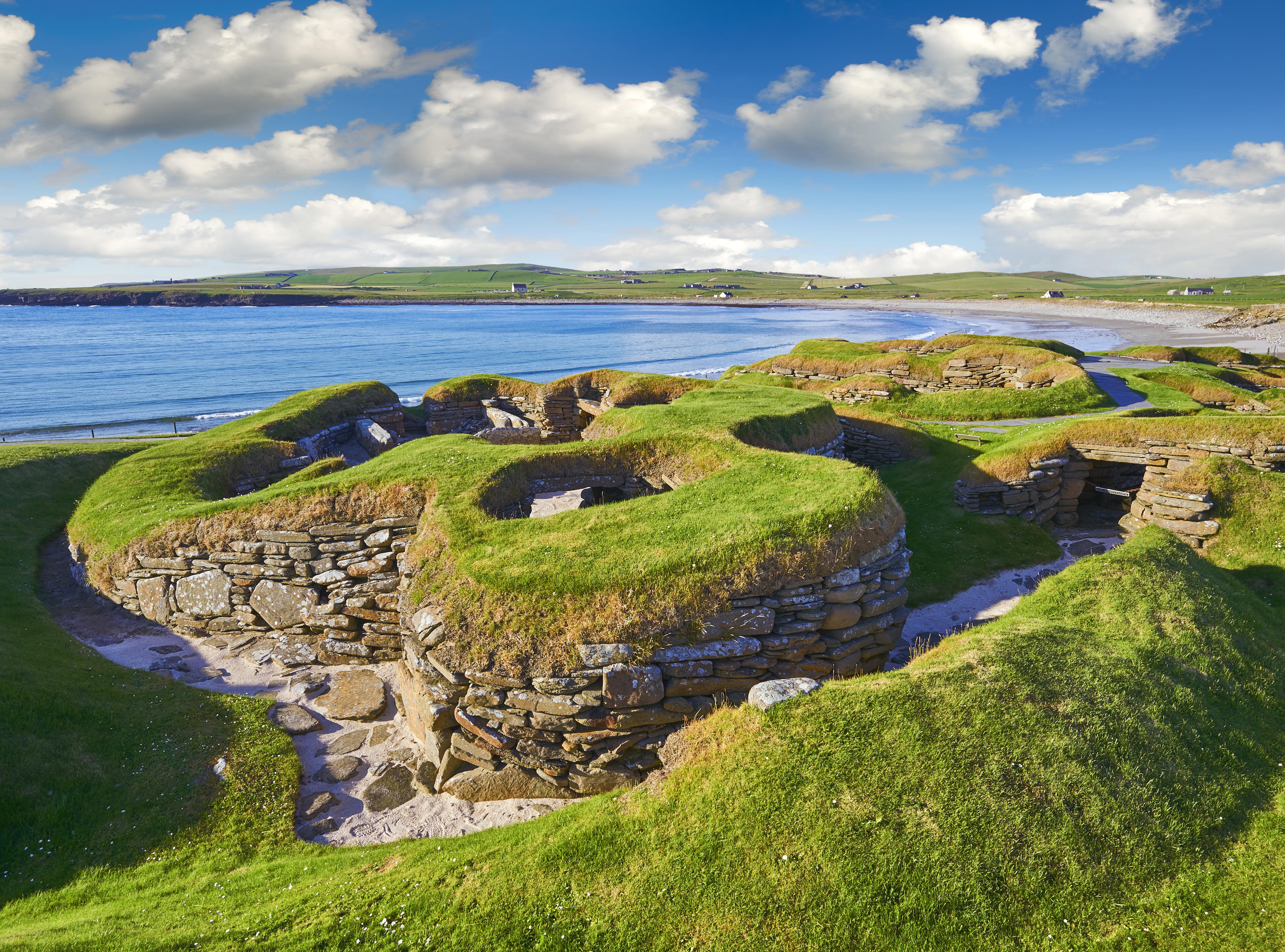
Skara Brae: The prehistoric village on Orkney that's older than Great Pyramid of Giza
The best-preserved Neolithic settlement in Europe isn't in a French cave or an Italian hillside; it's Skara Brae on Orkney,
Exquisite houses, the beauty of Nature, and how to get the most from your life, straight to your inbox.
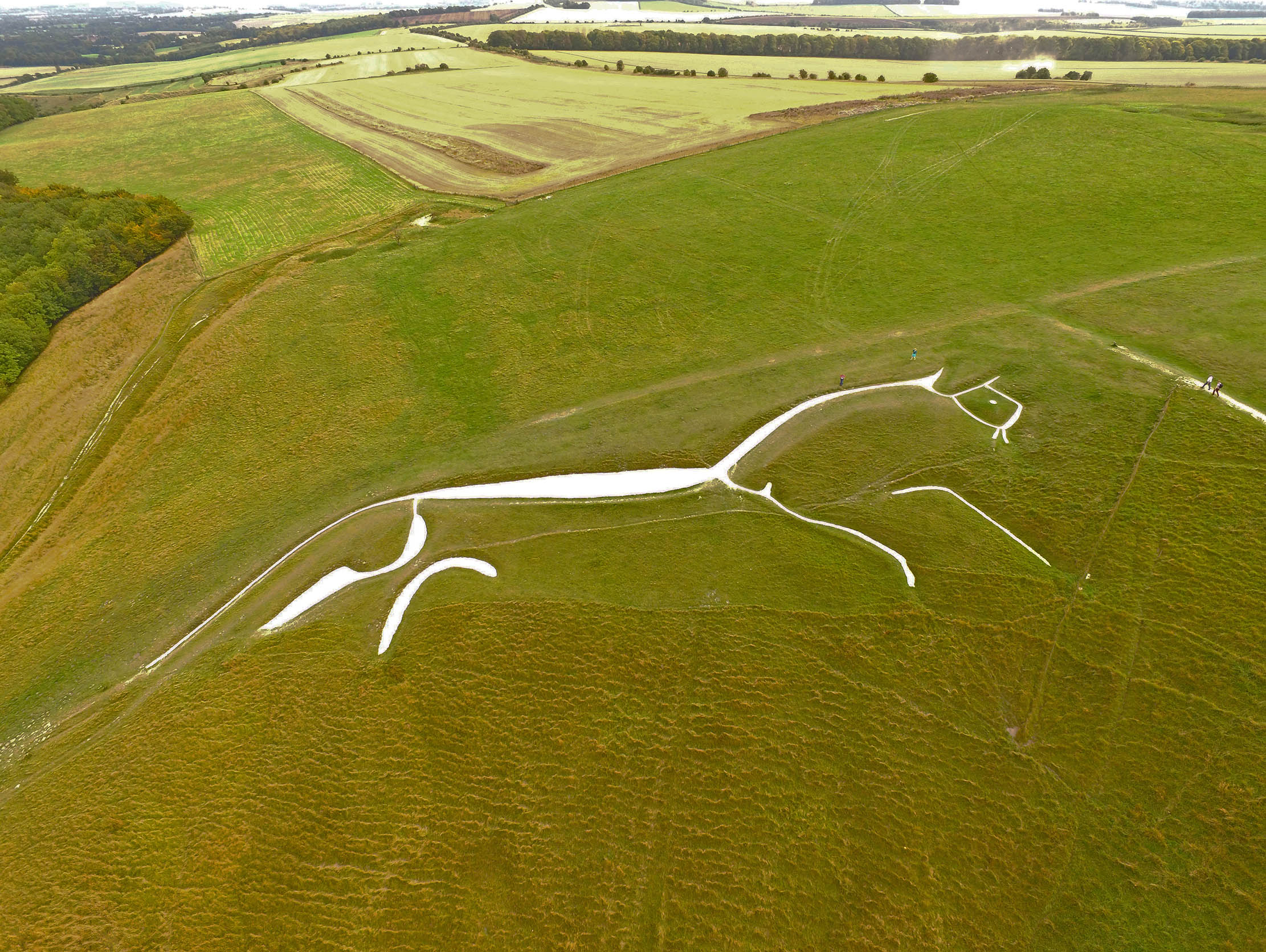
The Uffington White Horse, Oxfordshire
Thousands of years ago, ancient Britons created a vast and spectacular stylised portrayal of a horse in the hills of
-
 Barbecue it like Beckham: The 'lamb man' who taught David Beckham about fire cooking
Barbecue it like Beckham: The 'lamb man' who taught David Beckham about fire cookingTom Bray, is co-founder and director of Fire Made, a Somerset-based company specialising in outdoor cookery accessories and barbecues. He's also one of the countryside champions nominated by Sir David Beckham in his guest edit. Tom spoke to Julie Harding.
-
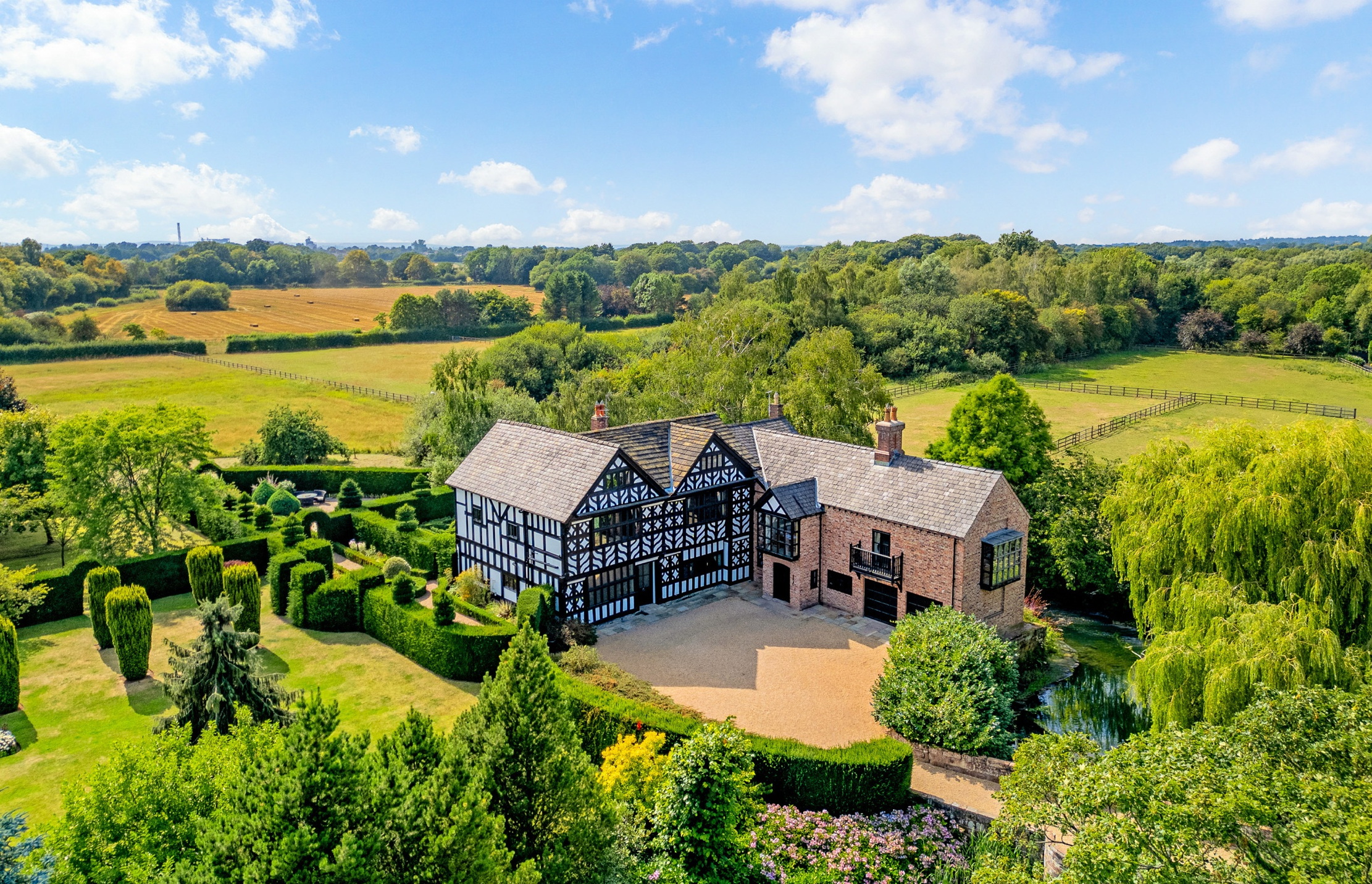 125 glorious acres of Elizabethan elegance for sale in Cheshire that comes with a moat
125 glorious acres of Elizabethan elegance for sale in Cheshire that comes with a moatIs this real life? Is it just fantasy? No, it's Holford Hall.
-
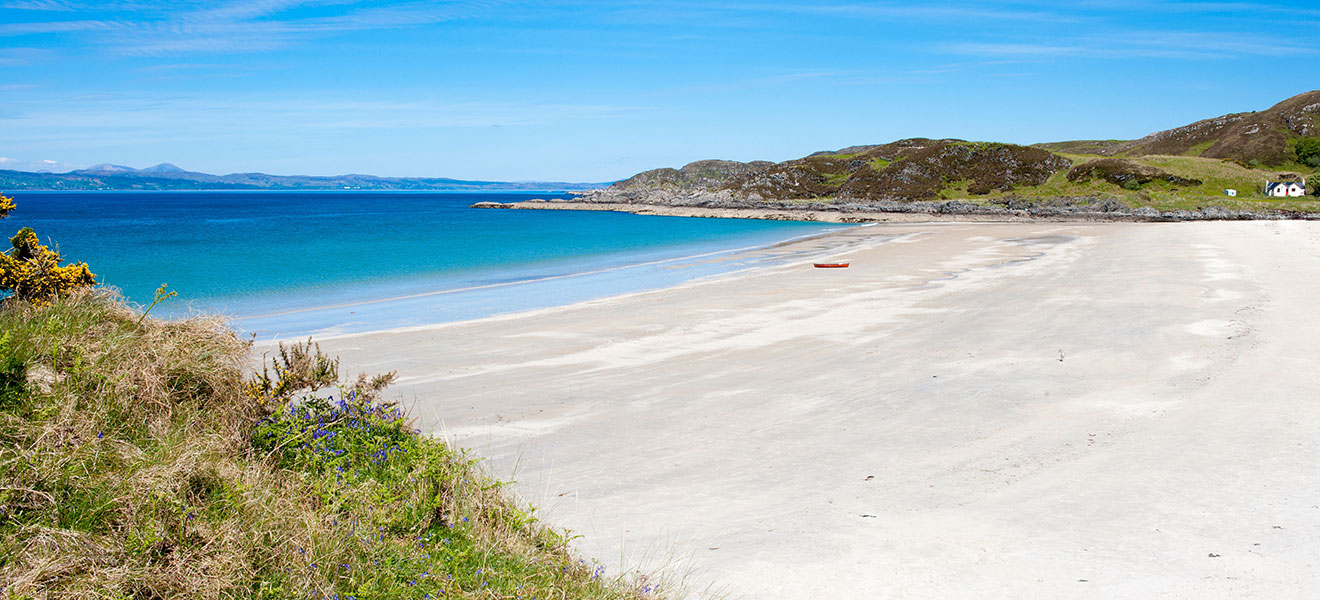 10 of Scotland’s most magical white sand beaches
10 of Scotland’s most magical white sand beachesWhat better day to celebrate some of Scotland's most stunning locations than St Andrew's Day? Here's our pick of 10 of the finest white sand beaches in the country.
-
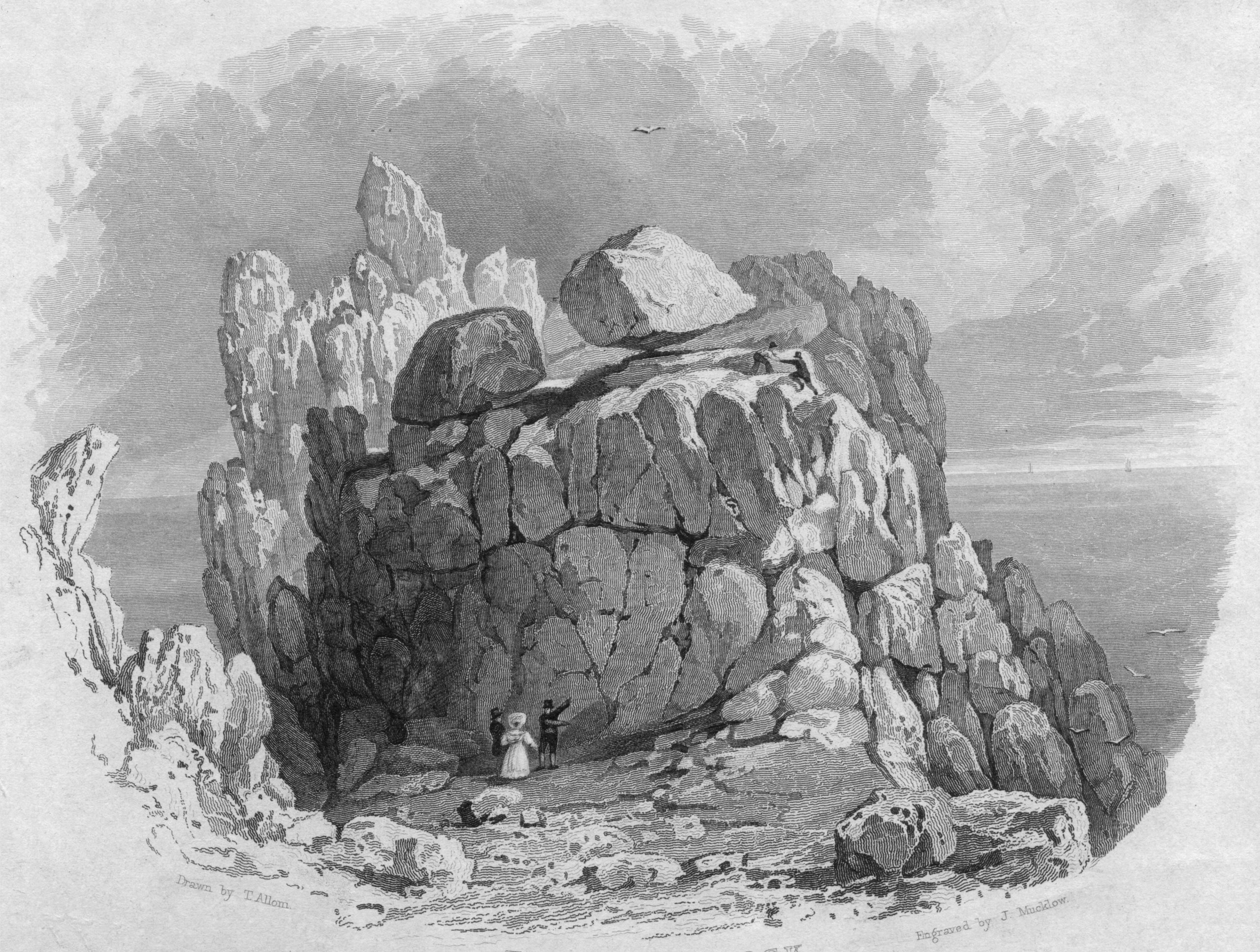 Curious Questions: Who dislodged Britain's most famous balancing rock?
Curious Questions: Who dislodged Britain's most famous balancing rock?A recent trip to Cornwall inspires Martin Fone to tell the rather sad story of the ruin and restoration of one of Cornwall's great 19th century tourist attractions: Logan Rock at Treen, near Land's End.
-
 Henley Festival: 13 things you'll see at the 'posh Glastonbury'
Henley Festival: 13 things you'll see at the 'posh Glastonbury'Revellers in ball gowns and dinner jackets, turning up on board £200,000 boats to dance and party while knocking back magnums of vintage champagne? It can only be the extraordinary Henley Festival, the high-end musical extravaganza that's a sort of Glastonbury-on-Thames for the (very) well heeled. We sent Emma Earnshaw along to see what it was like.
-
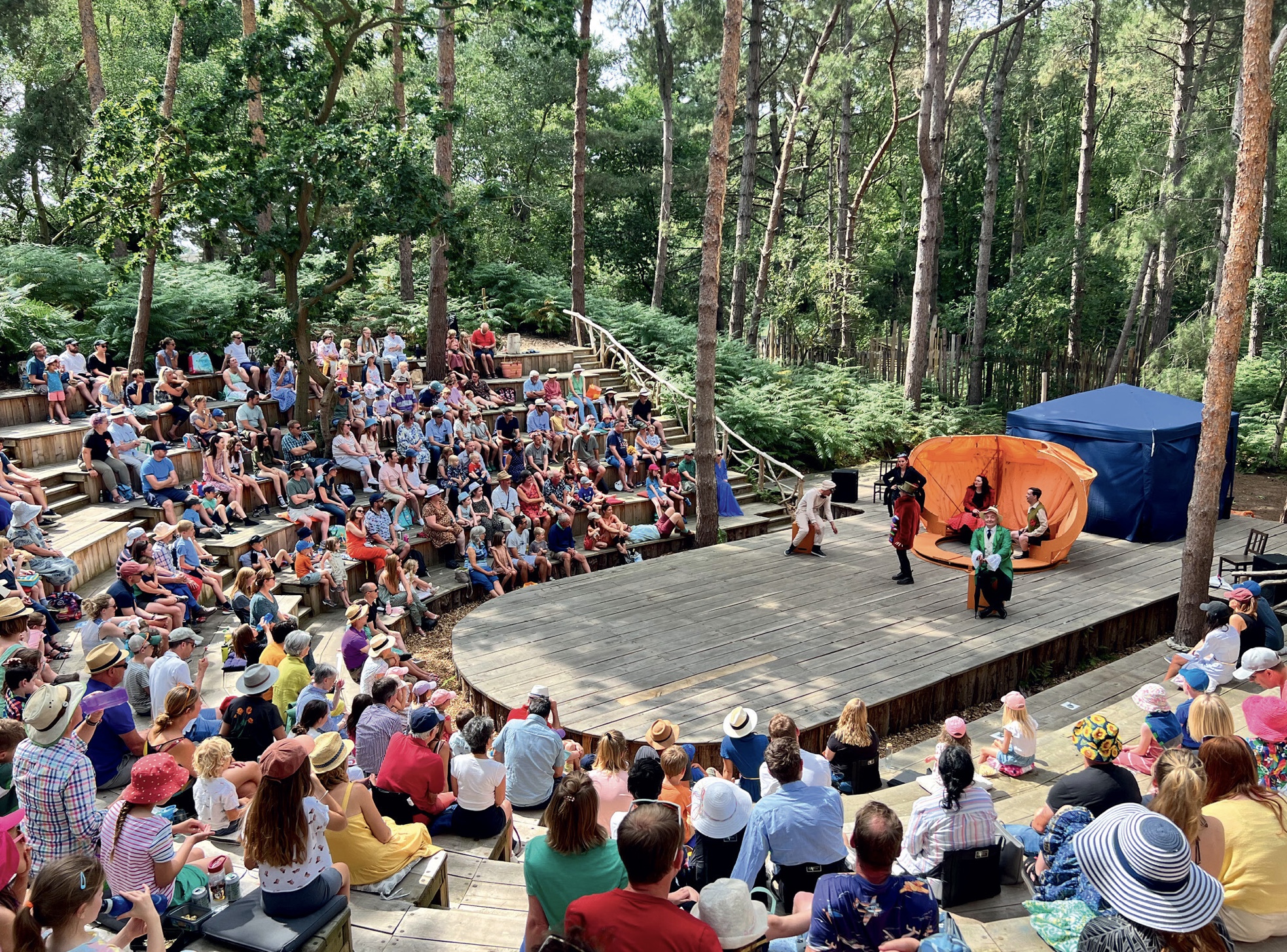 The best open air theatres in Britain
The best open air theatres in BritainAmid the sweet chestnuts, walnuts and cobnuts of a Suffolk farm, a natural amphitheatre has been transformed into a glorious sylvan venue for touring companies to tread Nature’s boards. Jo Cairdv pays a visit to the mesmerising Thorington Theatre, and picks out three more of the finest outdoor performance venues in Britain.
-
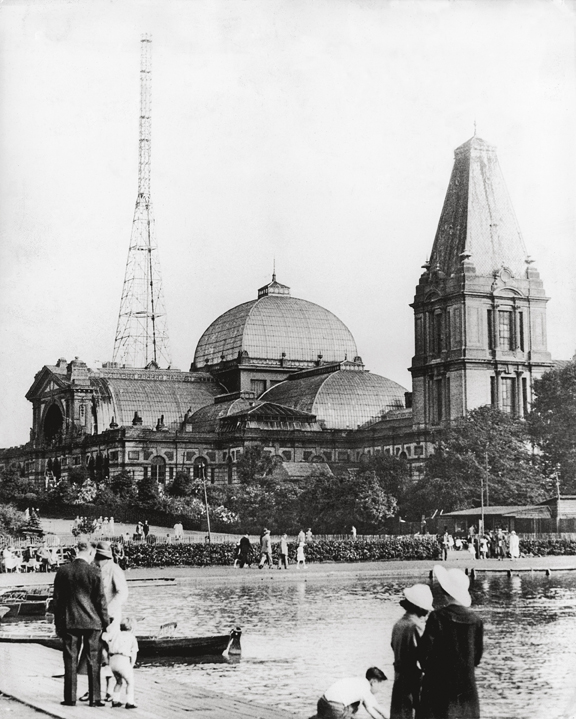 Alexandra Palace: How it's survived fires, bankruptcy and even gang warfare in 150 years as London's 'palace of the people'
Alexandra Palace: How it's survived fires, bankruptcy and even gang warfare in 150 years as London's 'palace of the people'Alexandra Palace has suffered every imaginable disaster, yet remains enduringly popular even a century and a half after its official grand opening. Martin Fone takes a look at the history of one of Britain's great public buildings.
-
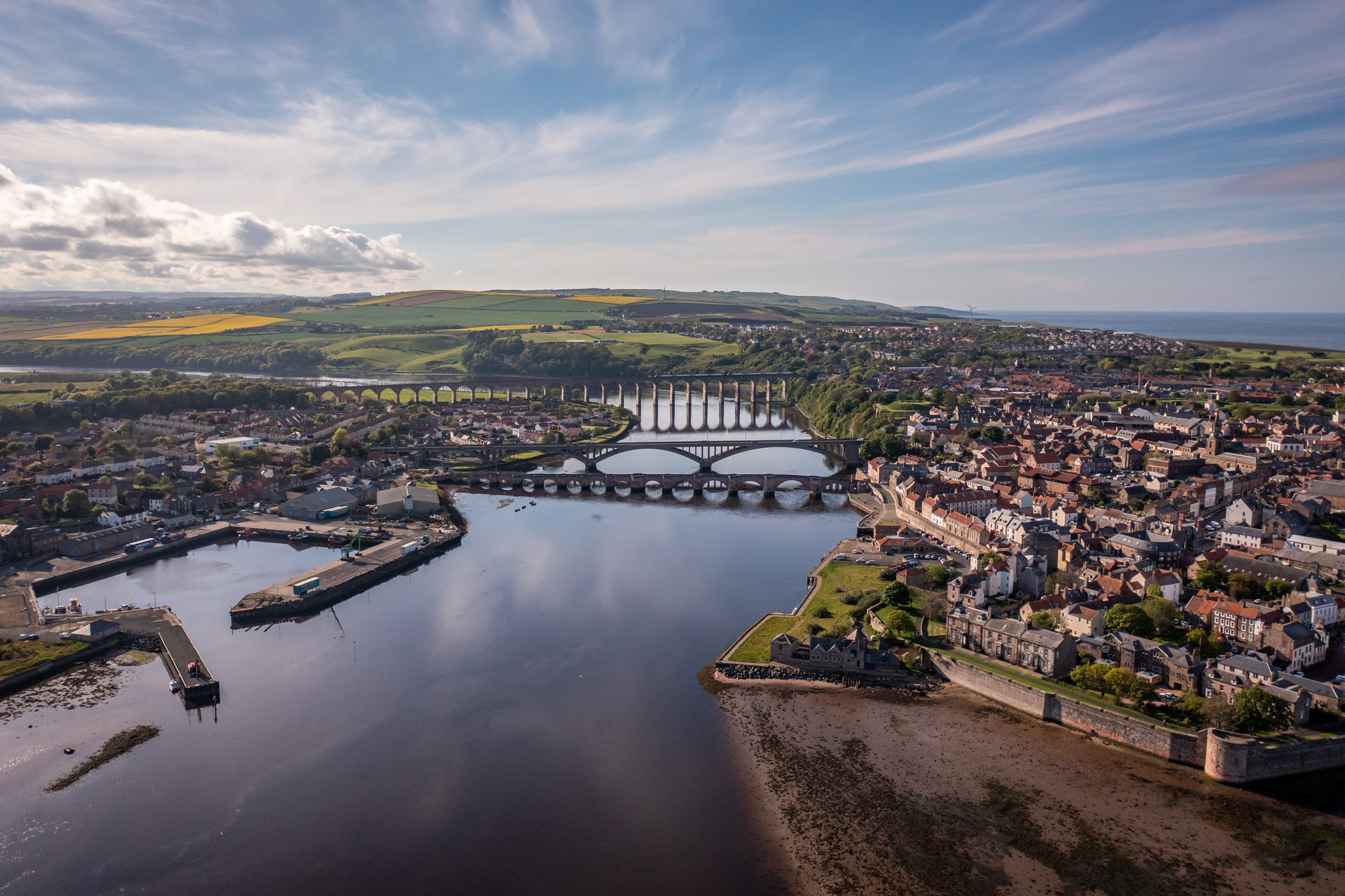 Berwick-upon-Tweed, Northumberland: The spectacular border town with a castle that changed hands 13 times
Berwick-upon-Tweed, Northumberland: The spectacular border town with a castle that changed hands 13 timesBerwick-upon-Tweed spent centuries as a pawn in Anglo-Scottish conflict; today, it's a charming border town with spectacular sights. Clive Aslet takes a look.
-
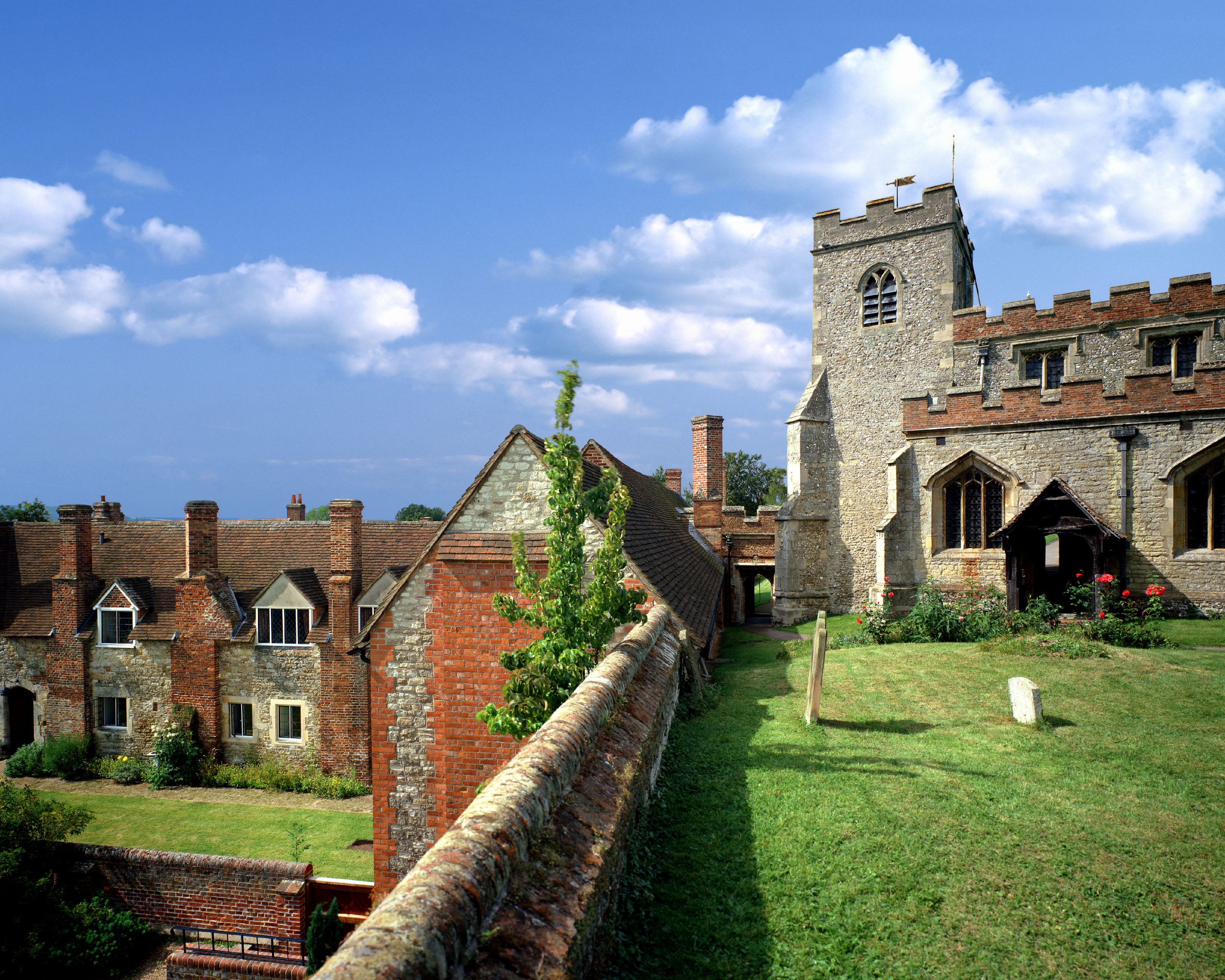 Ewelme, Oxfordshire: The medieval almshouses set up by Chaucer's grand-daughter and still running today
Ewelme, Oxfordshire: The medieval almshouses set up by Chaucer's grand-daughter and still running todayCountry Life's 21st century Grand Tour of Britain stops off at the remarkable church and almshouses at Ewelme, Oxfordshire.
-
 The Flying Scotsman: How the first 100mph locomotive became the most famous train in the world
The Flying Scotsman: How the first 100mph locomotive became the most famous train in the worldThe first train to officially hit 100mph may not even have been the first, and didn't hold the rail speed record for long; yet a century later its legend is undimmed. Jack Watkins celebrates the Flying Scotsman.